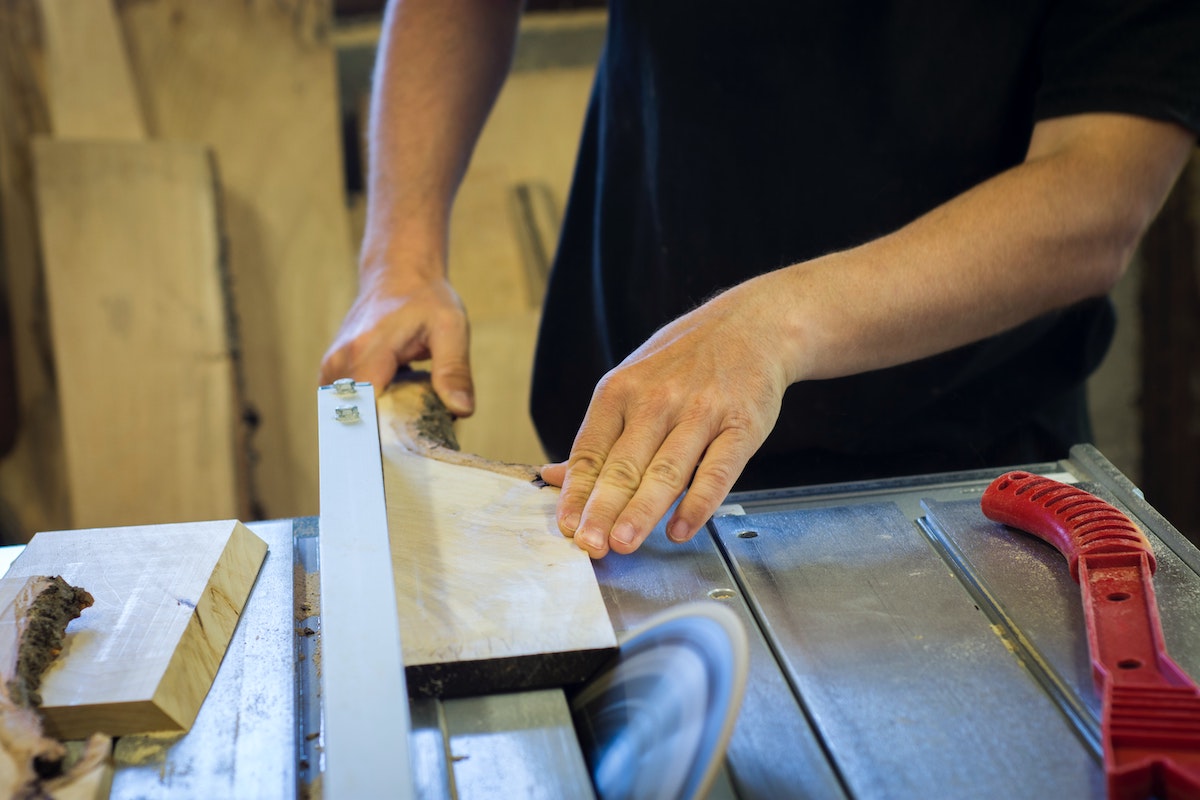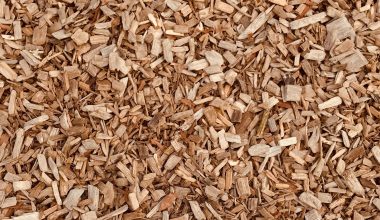The beauty of a table saw is that it can give you a wide variety of cuts with more precision and less hard work than a hand saw. The best and most popular cuts a table saw can carry out include a rip cut, a crosscut, a miter cut, and a beveled cut. For these cuts, a general-purpose or combination blade would suffice. However, for more technical cuts you will need a dado blade and a table saw fence.
By using a thicker dado blade on a table saw, this will enable you to have an effective and clean-cut, and you can perform rabbet and dado cuts. While the table saw fence will help you align the wood and blade for perfect cuts.
The size of the material you can cut will be limited to the size of the table. These can come in all different widths and lengths. Also, the distance from the saw blade to the miter gauge will vary and may be adjustable. I will explain more about the various cuts below.
Table saw cut types
Rip cuts
Rip cuts are the most common cut that you would use a table saw for, as you rip the material lengthwise parallel to the grain. The benefit of using a table saw for a rip cut is that it is quicker and more accurate than using a circular saw. A real perfectionist should use a table saw with fewer teeth to achieve a clean finished product.
Crosscuts
A little less easy to perform, but still manageable is a cross-cut. This can be more dangerous on a table saw, as opposed to using a miter or chop saw, as the wood may kick back as you work. It is one of the most popular cuts in woodwork as you cut perpendicular to the grain, so well worth learning. Creating a sled – a stationary, clamped section of wood – will help to protect you. Line up the cutline with the pre-cut slot in the sled, and your woodwork will become more efficient and accurate.
Miter Cut
Offering a useful cut for a variety of woodwork, the miter cut is often at 45 degrees. It works well on a saw table with the aid of a miter gauge. The gauge is essential and easy to use. Set the angle of the miter gauge and clamp it in place, which will result in a nice tidy cut.
Beveled Cut
Another accurate and efficient cut is a beveled cut, particularly for long bevels. The cut will result in an edge that’s not perpendicular to the top or bottom of the wood. Most table saws have a maximum bevel of 45 degrees. If you want to make a deeper bevel you will need a table with a wider range. Use the 45-degree miter gauge with the table saw to create a crisp beveled crosscut.
Table saw cuts with a dado blade
A dado cut is best executed with a dado blade. Make sure you check that your table saw has the capacity to use dado blades. These blades are used to make wider cuts, channels, and grooves, compared to a single saw blade. These are great for helping build furniture.
Also using a dado blade, rabbet cuts take off the material around the edges of the board. Tools like the table saw fence and miter gauge can help you perform rabbet cuts on either side of the board. This will give you a suitable piece of wood for building furniture or cabinets.
Using miter gauges & table saw fences
Miter gauges can be as simple as a 45-degree corner of the wood. They will help to improve your miter and rabbet cuts. First place the flat edge of the board against the edge of the miter gauge. Mark it with a pencil to help you make a perfect crosscut. Similarly using a piece of wood can help make a rabbet cut by placing it above or below.
Also known as a rip fence, a table saw fence is perfect for woodwork at home. They are also excellent for commercial operations as they produce a very high standard of cut. By locking in the fence securely with a lever you won’t have to worry about hurting yourself. By using the fence to help you align the blade with the wood, you can produce a more accurate finish.






